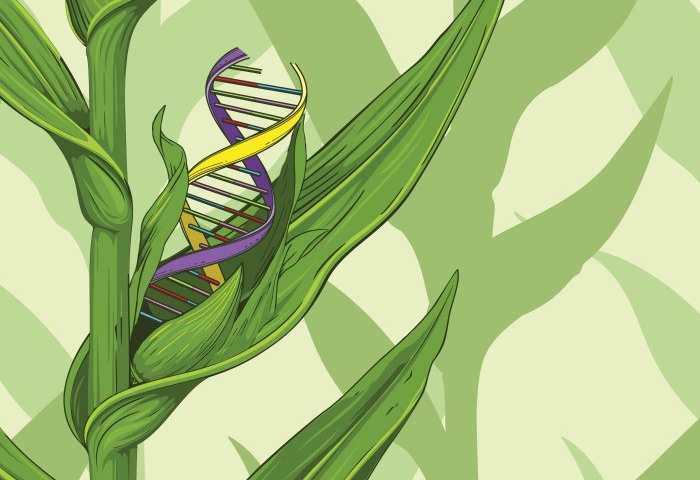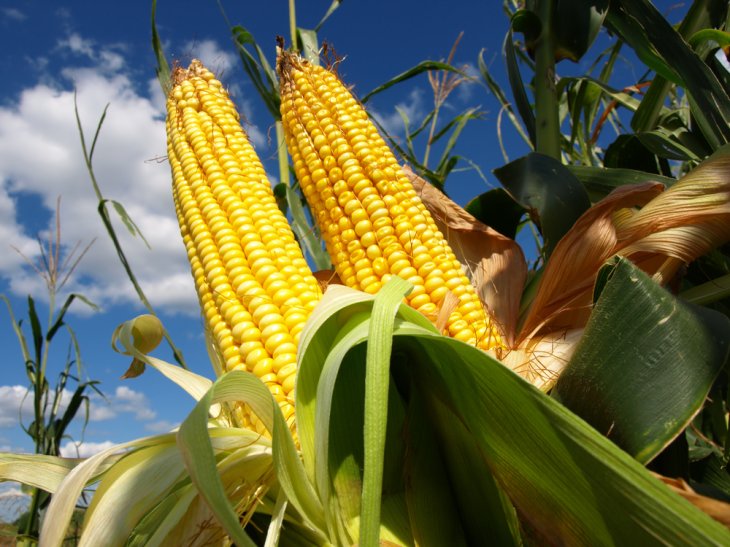Scientists Found A Way To Boost Yields For Even Edit-Resistant Corn
Viswamitra Jayavant - Mar 20, 2019

The hope is that as gene-editing becomes better, these plants can produce better yields and supply the growing population with healthier and heartier foods.
Scientists have found out a way to use CRISPR/Cas9 gene-editing technique to tackle some corn species that are resistant to gene editing. By using pollens ‘impregnated’ with CRISPR/Cas9, they have discovered new possibilities for boosting crop yields.
Biologists from Syngenta - an agricultural firm based in North Carolina managed to find a pretty novel way to implement CRISPR/Cas9 gene-editing technique on species of corn thought to be resistant to the editing process.

According to the article published on the academic journal Nature Biotechnology, they used pollen from a genetically modified plant as a ‘vessel’ to carry and inject the genetic edits into the cells of the corn.
Edit Resistant
Some species are naturally resistant to the genetic editing process simply because their cell’s walls are too thick for past methods’ to inject the mechanism that modifies the plant’s genomes. Thus, they cannot get to where they should be and attempts in the past to modify these species often failed. There are plants whose cell’s walls aren’t as thick, and these are the ones that can be edited.
People have had better results testing the CRISPR/Cas9 process with animal cells since they’re not as thick as plant’s cells.

Scientists have been trying to find different and more efficient methods to accomplish this (and they still do). Staple crops like rice, corn, and wheat could benefit most from gene-editing methods like this one. The hope is that as gene-editing becomes better, these plants can produce better yields and supply the growing population with healthier and heartier foods.
Haploid Induction
The lead researchers pioneering this approach: Timothy Kelliher and Quideng Que used a pretty interesting method to bypass the stiff cell’s walls. They used what’s known as ‘Haploid Induction’ to inject the CRISPR/Cas9 edits into the cells of the stubborn plants that previously were resistant.
Haploid induction is when the pollen is able to fertilise plants, yet it’s unable to transfer the male’s genes to the offspring. Thus, the plants only have the female’s chromosomes of the plants that were pollinated, in other words, they’re haploid rather than diploid.
As you may have guessed, it’s not a usual occurrence.
Success
The researchers utilised a corn species that are typically easy to edit with CRISPR/Cas9, along with a few edited plants carrying a malformed MATRILINEAL gene. This is the gene that’s responsible for the creation of pollen particles that are capable of triggering haploid induction.

Through modifying this plant with a CRISPR/Cas9 edit of traits in the resistant corn varieties, they’re able to spread the pollen of the edited plant to the plants that are resistant to the process.

Featured Stories

Features - Jul 01, 2025
What Are The Fastest Passenger Vehicles Ever Created?

Features - Jun 25, 2025
Japan Hydrogen Breakthrough: Scientists Crack the Clean Energy Code with...

ICT News - Jun 25, 2025
AI Intimidation Tactics: CEOs Turn Flawed Technology Into Employee Fear Machine

Review - Jun 25, 2025
Windows 11 Problems: Is Microsoft's "Best" OS Actually Getting Worse?

Features - Jun 22, 2025
Telegram Founder Pavel Durov Plans to Split $14 Billion Fortune Among 106 Children

ICT News - Jun 22, 2025
Neuralink Telepathy Chip Enables Quadriplegic Rob Greiner to Control Games with...

Features - Jun 21, 2025
This Over $100 Bottle Has Nothing But Fresh Air Inside

Features - Jun 18, 2025
Best Mobile VPN Apps for Gaming 2025: Complete Guide

Features - Jun 18, 2025
A Math Formula Tells Us How Long Everything Will Live

Features - Jun 16, 2025
Comments
Sort by Newest | Popular